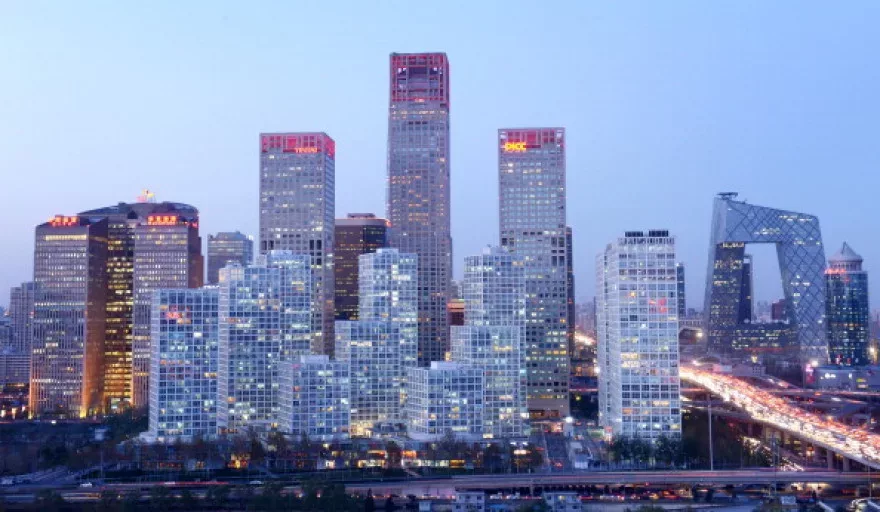China’s annual trade in goods passed the $4 trillion mark for the first time in 2013, official data showed on Friday, confirming its position as the world’s biggest trading nation.
Exports from the world’s second-largest economy rose 7.9 per cent to $2.21 trillion, while imports increased 7.3 per cent to $1.95 trillion, the General Administration of Customs announced.
The trade surplus stood at $259.75 billion, up 12.8 per cent from 2012.
The country’s total trade came to $4.16 trillion, an increase of 7.6 per cent, which was just below the government’s target of eight percent.
Reports last February said the United States’ total trade was lower than China’s in 2012, but Customs spokesman Zheng Yuesheng said the change had happened for the first time in 2013 — although full US data for the year has yet to be released.
“It is very likely that China has overtaken the US to become the world’s largest trading country,” he said.
The European Union was China’s biggest trading partner, Customs said, followed by the United States, the Association of Southeast Asian Nations (Asean), Hong Kong and Japan.
Between them the traditional markets of the EU, US and Japan accounted for 33.5 per cent of China’s trade, down 1.7 percentage points, indicating that emerging markets’ share of business was growing.
For the month of December alone, China’s trade surplus fell 17.4 per cent to $25.64 billion, Friday’s data showed.
That fell short of the median $32.2 billion forecast in a survey of 13 economists by The Wall Street Journal.
Exports increased 4.3 per cent to $207.74 billion last month, while imports were up 8.3 per cent at $182.1 billion.
China’s trade performance in 2013 came as the country’s economy turned in a mixed performance, slowing during the first half of the year before showing some vigour in the final six months.
A government report last month cited in state media suggested gross domestic product (GDP) grew 7.6 per cent in 2013, slightly above Beijing’s official target and just below the 7.7 per cent in 2012, which was the worst performance in 13 years.
Chinese President Xi Jinping — who assumed office in March after becoming head of the ruling Communist Party in November 2012 — wants to transform the economy to one in which domestic demand is the key growth driver, rather than public investment.
China’s currency, the yuan, gained more than three per cent against the US dollar last year, hitting a series of record highs since China launched its modern foreign exchange market in 1994. The rise came despite worries over the country’s weakening economy and followed political pressure from the United States to allow the yuan to appreciate.
On Friday morning, the yuan was quoted at 6.0509 to the dollar, near the symbolic 6.0 yuan mark, according to the China Foreign Exchange Trade System.
But Chinese exporters worry persistent strength in the yuan is hurting sales by making their products more expensive overseas.
On Thursday, the government said that China’s inflation rate was 2.6 per cent in 2013, well below the 3.5 per cent target set by the government, suggesting officials will hold off monetary tightening as price rises pose little threat to growth.
Attention will now turn to the announcement of China’s annual GDP growth figure on January 20.
Official figures last week showed the country’s manufacturing growth slowed in December for the first time in six months, suggesting the economy faced headwinds at the end of the year.
– AFP/nd





















